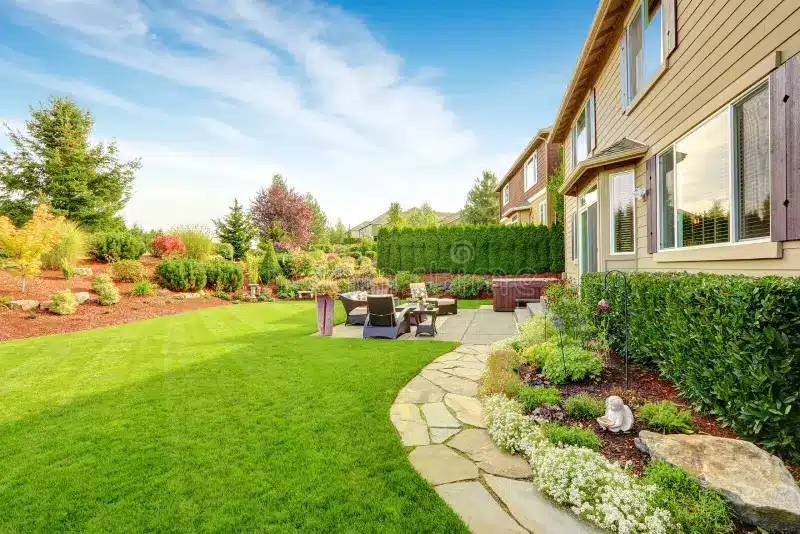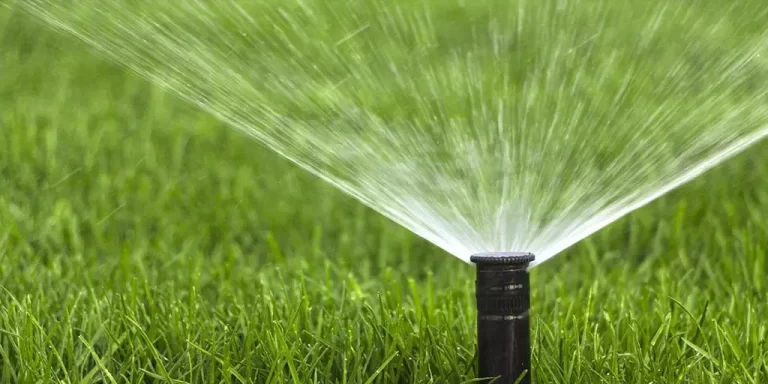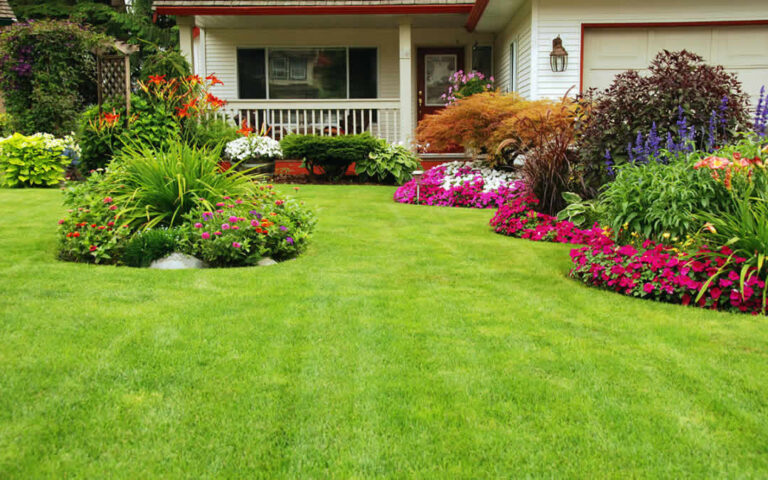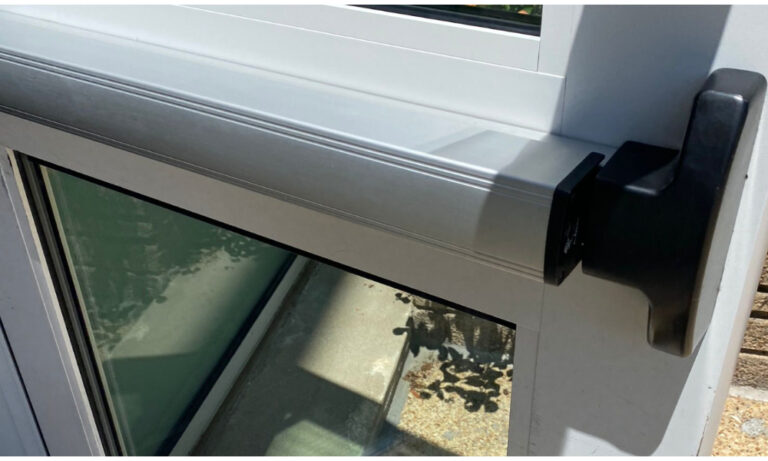
The hallmark of a beautifully designed residential or commercial landscape is the careful integration of hardscaping elements. Hardscaping refers to the constructed, non-living features added to a landscape, such as patios, walkways, retaining walls, outdoor kitchens, and decorative structures. When done right, hardscaping seamlessly harmonizes with the natural environment, enhancing aesthetics and functionality.
Blending In, Not Competing
The biggest consideration when incorporating hardscaping into landscape designer is that it should complement, not compete with, existing greenery and natural features. A common mistake is allowing hardscaping to dominate instead of using it judiciously to accent the plantings. The ideal hardscape design feels like a natural extension of the environment rather than an artificial add-on. It requires carefully choosing materials and colors that blend into the overall landscape palette. Strategic placement of hardscaping also prevents it from detracting from lawns, gardens, and natural areas that should retain focus. When structure and nature harmonize, the results are truly magical.
Many roles of hardscaping
Besides aesthetics, hardscaping serves important functional roles in residential and commercial settings. Key hardscaping benefits include:
- Creating useable spaces like patios, courtyards, and decks for relaxation, dining, and entertaining
- Building structural support and tiered levels through retaining walls and stairs on properties with grade changes
- Defining spaces and “rooms” within a landscape for intimately scaled areas
- Constructing walkways and pathways for safe and easy navigation throughout the landscape
- Adding focal points and visual interest with water features, fire features, and sculptural elements
- Providing infrastructure needs like driveways, parking areas, and service areas out of necessity
- Crafting outdoor kitchens and built-in amenities for convenience and luxury
- Installing lighting to safely illuminate landscape features at night
- Building enclosures, trellises, and pergolas to create shade and shelter in gardens
- Incorporating decorative fences, gates, and screens for privacy within a landscape
A landscape designer is invaluable for ensuring hardscaping is thoughtfully incorporated to perform its many roles while enhancing, not detracting from, the landscaping and natural environment.
Making a statement with hardscaping
The clients wanting to make a dramatic statement with their landscape, the designer incorporate bold, contemporary hardscaping materials and forms. Options include textural concrete walls, sleek water features, geometric fire pits, steel sculpture, and acrylic or glass accent pieces to name just a few. More adventurous hardscaping choices work best in very modern landscape designs where they harmonize with the home’s architecture. Integrating arresting hardscape features into traditional environments takes sensitivity to avoid creating a disconnect.
Hardscaping for commercial settings
Hardscaping is equally important in commercial settings as it is in residential landscapes. The same principles apply in terms of seamless integration with the existing environment. Well-executed hardscaping also provides important amenities and ambiance for hotels, corporate campuses, hospitals, shopping centers, parks, and other public spaces. Common commercial hardscape projects include parking lots, pedestrian plazas, courtyards, water features, lighting, signage, street furniture, and plant containers. A commercial landscape designer brings hardscaping ideas to life while meeting zoning, engineering, and accessibility requirements.








